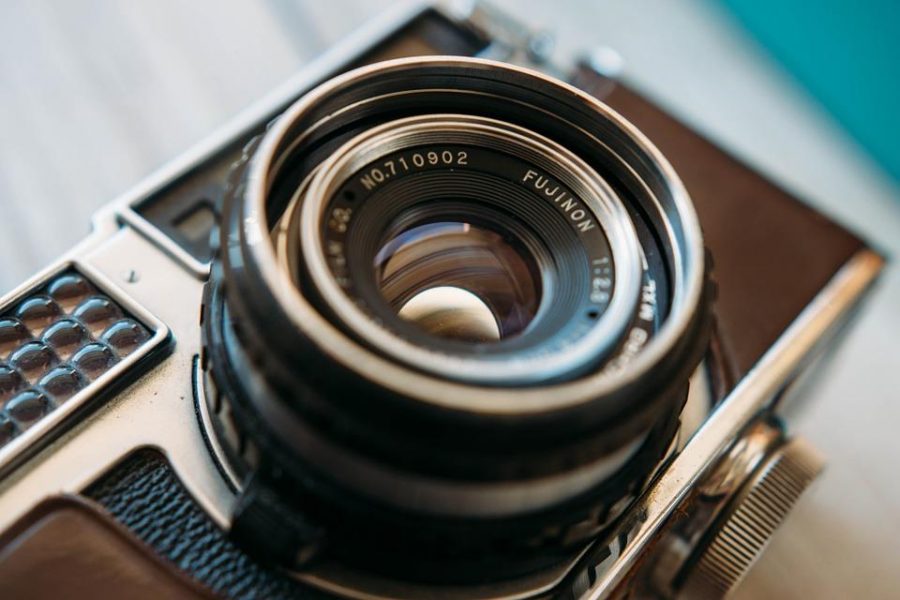The prevalence of images predates this article by close to 200 years. Indeed, some of the brightest, most critical minds have written in detail on the photo-phenomenon borne from the camera’s inception. In theorist Susan’s Sontag’s seminal work, On Photography, she wrote of a culture entrenched too far within Plato’s Cave to understand the unreality of ‘the image’ and its influence. Roland Barthes presciently saw photographs as symbols and purveyors of death. Especially lately, the image — whether a photograph, meme or still-frame — occupies a place in our method of communication unprecedented in our long and tenuous history as takers and makers of pictures. But what might a “prevalence of images” signify for the future of picture-taking or, more importantly, picture-viewing? I fear the more photography shapes our culture, the less quality it, as an artistic and communicative medium, will have.
As objects, pictures are many things besides entertainment. They give a sense of place and time other than our own. They give us a chance to see the world literally through a different lens. Perspective is tentatively gained when we are able to escape the visual headspaces we constantly occupy — when we are allowed to see through something and from somewhere we are not.
But I’m concerned with what happens when we, as mass-market producers, are given the chance to post, upload and share nearly every experience and place we could ever dream of having or going. In a New Yorker article titled “In the Future, We Will Photograph Everything and Look at Nothing,” photographer Joshua Allen Harris was quoted as saying: “We’re attaching imagery to tweets or text messages, almost like a period at the end of a sentence.” Like never before, pictures make up a great deal of the content we both consume and produce. To the lay consumer, this sort of fascination with photography — amateur or professional — can be endearing. The medium is both readily accessible and commonly stunning. Photo-editing apps are going for dirt cheap or else free (as in the case of the Google Nik Collection), so professional-quality images are not difficult to find.
In a way, however, the prevalence of images can mean those images we do find endearing either get swamped by the sheer amount of content being produced — more than a billion images every day — or else quickly scanned, regarded and forgotten. It certainly seems that careful and thoughtful consideration is a method in swift decline in relation to, as I’ve written, the speed and quantity at which images today are produced.
But so what if we spend more time making pictures than viewing pictures? So what if we’re a content-generating culture and not a content-considerate one? Well, as Sontag writes: “[to photograph] means putting oneself into a certain relation to the world that feels like knowledge – and, therefore, like power.” The power to photograph is, at least conjecturally, the power to wield a perspective and to share that perspective. If this power isn’t used responsibly or even consciously, the content produced by such an ignorant “prosumer” will be conversely irresponsible and at the very least un-conscientious. The potential reality derived from this is worse than one Sontag might have foreseen: a whole society (excepting its outliers) which can only derive meaning from images and rarely even cares for the beauty and near-transcendence of the “real thing” — of reality.
That old saying, “a picture’s worth a thousand words,” has never been more false. While pictures can be beautiful, and by pretension artistic, the overuse of images — or at the very least the under-consideration of them both as images and as art — may affect how the medium is understood. Far be it from me to entreat that you use the power of photographing responsibly — I’ll leave that to Sontag. However, like many other theorists out there writing on this same topic, I would simply ask that you view photos responsibly. Good content can only come from good demand — that is, from the patron’s need to consume quality art.











